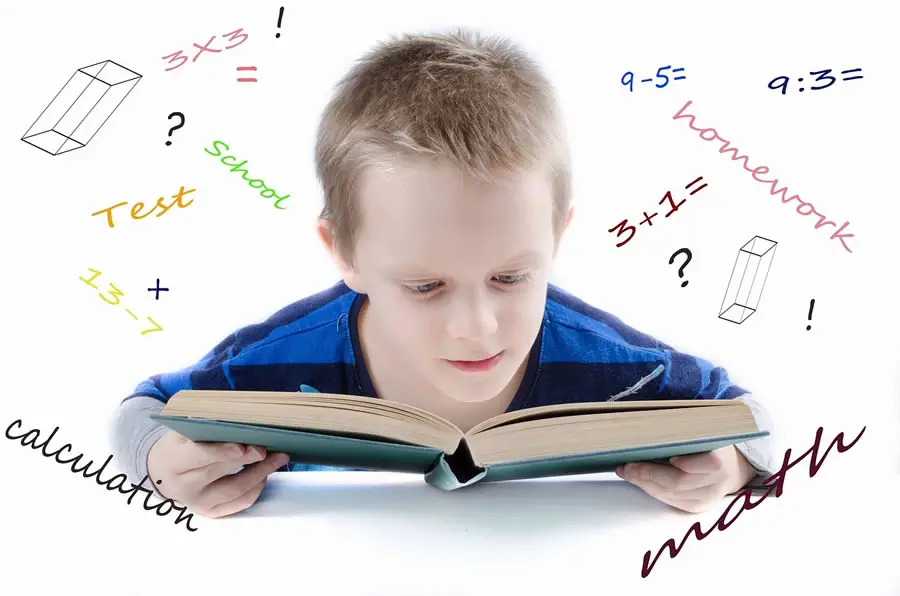Reading Comprehension About Education

Develop your reading skills. Read the following text about an overview of the education system and do the comprehension task.
Understanding Education: A Comprehensive Overview

Education encompasses the teaching and acquisition of knowledge, proper conduct, and technical proficiency. It emphasizes the development of skills, trades, or professions, along with mental, moral, and aesthetic growth.
Formal education entails structured instruction, teaching, and training delivered by professional educators. It involves the application of pedagogy and the creation of curricula.
The right to education is a fundamental human right. Since 1952, Article 2 of the First Protocol to the European Convention on Human Rights has mandated all signatory parties to ensure this right. At the global level, the United Nations’ International Covenant on Economic, Social, and Cultural Rights of 1966 guarantees the right to education under Article 13.
Educational systems are established to provide education and training, often targeting children and youth. A curriculum outlines what students should know, understand, and be capable of doing after completing their education. The teaching profession facilitates learning, and a framework of policies, regulations, examinations, structures, and funding supports educators in delivering high-quality education. However, educational systems may also be utilized to propagate doctrines or ideals, a practice known as social engineering, which can lead to political exploitation, particularly in totalitarian regimes.
Primary (or elementary) education encompasses the initial years of formal, structured education. Typically lasting six or seven years, primary education begins around the age of 5 or 6, though this timeframe varies among countries. Globally, approximately 70% of primary-age children are enrolled in primary education, with this figure steadily increasing.
In most contemporary educational systems worldwide, secondary education covers the subsequent years of formal education occurring during adolescence. It marks the transition from compulsory, comprehensive primary education for minors to optional, selective tertiary, or higher education (e.g., university, vocational school) for adults.
Higher education, also referred to as tertiary, third stage, or post-secondary education, is the non-compulsory educational level following the completion of secondary schooling, such as high school or secondary school. Tertiary education typically includes undergraduate and postgraduate programs, as well as vocational education and training. Colleges and universities serve as the primary institutions offering tertiary education and are collectively known as tertiary institutions. Completion of tertiary education often leads to the attainment of certificates, diplomas, or academic degrees.
More about education on Wikipedia.
Related Pages:

